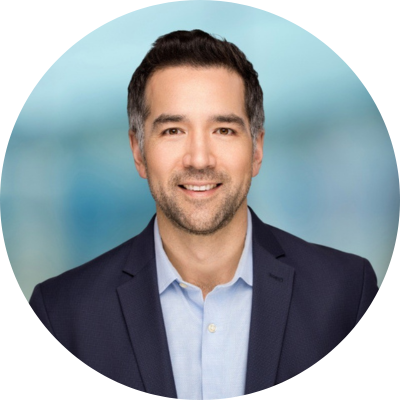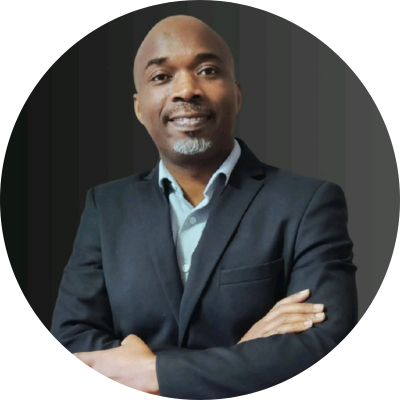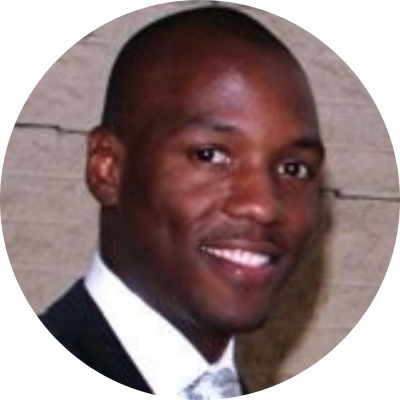“Active male allies can be the harbingers for change in an industry where women, despite representing a large portion of the global health workforce, are significantly underrepresented in decision-making roles. This incongruity is not just a matter of fairness; it is a systemic failure that hampers the effectiveness and inclusivity of health services.” – Liberty Kituu for WomenLift Health, “Role Of Male Allies in Forging Gender Equity in Health Leadership,” Feb 2024
Male allies are men who work with women to promote gender equality and gender equity both in their personal lives and in the workplace. They play a vital role in addressing unconscious biases, challenging harmful stereotypes, and advocating for policies that empower women to lead. Equally critical is the allyship among women, where mentorship, sponsorship, and collective action create networks of support and amplify women’s voices. Allyship is not merely a supportive role; it is a transformational approach to leadership that ensures diverse voices and perspectives are represented.
The World Economic Forum’s Global Gender Gap Report 2024 shows that in global workforce representation and leadership, women are close to occupying 46% of entry-level positions, but they hold less than 25% of C-suite roles. LinkedIn data shows that women’s workforce representation remains below men’s across nearly every industry and economy, with women accounting for 42% of the global workforce and 31.7% of senior leaders.
In the global health field, women comprise the single most under-utilized leadership pool, making up only 25% of leadership despite being 70% of the workforce. Yet research shows that organizations with a more diverse workforce work smarter and drive greater innovations[1]. Evidence also indicates that allyship is a cornerstone for creating more inclusive and equitable leadership structures in global health. When organizations deliberately engage men in gender inclusion programs, 96% of organizations experience progress, compared to just 30% that do not engage men in similar initiatives[2].
|
Male allies play a crucial role in progressing toward gender parity by:
|
Five women leaders from the North America, India, and East Africa cohorts of the WomenLift Health Leadership Journey engaged in conversations with their male colleagues about the challenges of being a male ally in the workplace, strategies for cultivating male allyship, and ways to ensure gender-equitable leadership practices in the global health sector.
In Part 1 of this two-part series, we explore what these colleagues had to say about becoming a male ally and strategies for encouraging other men to be allies. In Part 2, we’ll share what they told us about the challenges for male allies, strategies for institutions to cultivate male allyship, and what they think the future could look like.
Becoming an Ally
Men begin to identify themselves as allies for a variety of reasons, including an experience with a specific woman colleague, a realization of the business value of allyship, or a sense of morality. When they do, they may find that their decisions as leaders change — or that the change is more in attitude.
Q: What sparked your interest in becoming a male ally?
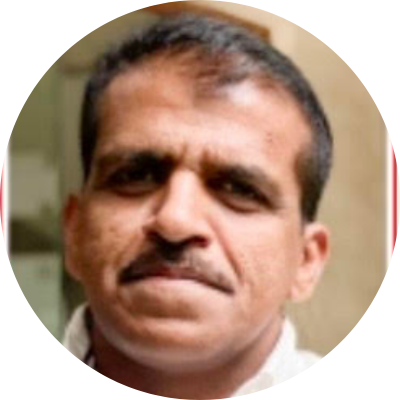 M K Padmakumar, Chief Operating Officer at IPE Global (India): As COO of IPE Global, I have been trying to raise the representation of women in leadership positions within the organization. Having more women at senior leadership positions in the organization not only makes business sense but also attracts more women to join our organization. Our efforts have met with mixed results. The reasons are many: difficulty in finding the right candidate; limited pool of people available; and lack of enough targeted initiatives to help women colleagues to build their leadership skills, etc. However, it is important to keep raising the issue at all forums. Men have added responsibility because they occupy most powerful positions and have the voice to push for more women representation at senior roles. Having reached leadership positions, they can support, coach, and mentor women to navigate through the complex journey to leadership roles. I am personally committed to this and doing my best to support women to move up the ladder.
M K Padmakumar, Chief Operating Officer at IPE Global (India): As COO of IPE Global, I have been trying to raise the representation of women in leadership positions within the organization. Having more women at senior leadership positions in the organization not only makes business sense but also attracts more women to join our organization. Our efforts have met with mixed results. The reasons are many: difficulty in finding the right candidate; limited pool of people available; and lack of enough targeted initiatives to help women colleagues to build their leadership skills, etc. However, it is important to keep raising the issue at all forums. Men have added responsibility because they occupy most powerful positions and have the voice to push for more women representation at senior roles. Having reached leadership positions, they can support, coach, and mentor women to navigate through the complex journey to leadership roles. I am personally committed to this and doing my best to support women to move up the ladder.
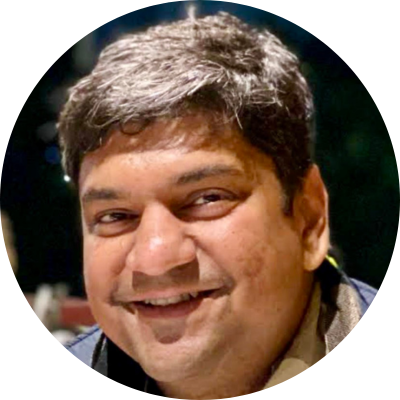 Rushabh Hemani, WASH Specialist, UNICEF Rajasthan (India): Priyanka Sharma is an accomplished development professional based in Jaipur, India. We worked together closely between 2018-2019 as a part of the WASH team in UNICEF Rajasthan State Office, India Country Office based at Jaipur. She was working as a state consultant in the WASH team that I have been leading since 2015. She was the only female consultant in a team of seven members, including five consultants. Priyanka demonstrated leadership and managerial skills based on her exposure and past work experience, since the time of her joining. She was able to initiate and lead key WASH issues by working closely with the government system, partners, and communities with great ease and limited oversight support. This provided an opportunity to play a role of male ally as a leader of the team by providing space to grow professionally and ensure that the extended WASH team supervised by me feels included and opens up for women leadership. This was also a journey of learning and adapting to the situation.
Rushabh Hemani, WASH Specialist, UNICEF Rajasthan (India): Priyanka Sharma is an accomplished development professional based in Jaipur, India. We worked together closely between 2018-2019 as a part of the WASH team in UNICEF Rajasthan State Office, India Country Office based at Jaipur. She was working as a state consultant in the WASH team that I have been leading since 2015. She was the only female consultant in a team of seven members, including five consultants. Priyanka demonstrated leadership and managerial skills based on her exposure and past work experience, since the time of her joining. She was able to initiate and lead key WASH issues by working closely with the government system, partners, and communities with great ease and limited oversight support. This provided an opportunity to play a role of male ally as a leader of the team by providing space to grow professionally and ensure that the extended WASH team supervised by me feels included and opens up for women leadership. This was also a journey of learning and adapting to the situation.
Q: What did you find yourself doing differently or the same as a male ally? What outcomes were you hoping to achieve in engaging in allyship?
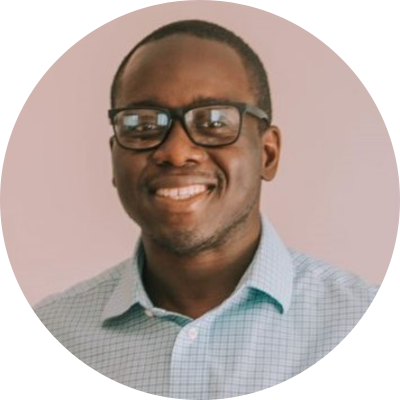 Emmanuel Lamptey, Senior Project Director, IREX (North America): Honestly, this question forced me to think and analyze why or what I hoped to achieve in engaging in allyship. The initial, some might say cliché, answer (though it was the truth) was because it is the right thing to do. But as I pondered this more, I came to realize that on one hand, this was influenced by my own experiences with mentors (ironically female and white) who went out of their way to help me grow, recognizing the dearth in the representation of Black/African men in the development space. Having been in my field this long, I know that women (and minority/Black) face more barriers than their male colleagues. With a young daughter who I know will likely face similar barriers, I honestly believe that if through my small efforts we’re collectively helping to break down barriers now, then, hopefully, the playing field for her is more level.
Emmanuel Lamptey, Senior Project Director, IREX (North America): Honestly, this question forced me to think and analyze why or what I hoped to achieve in engaging in allyship. The initial, some might say cliché, answer (though it was the truth) was because it is the right thing to do. But as I pondered this more, I came to realize that on one hand, this was influenced by my own experiences with mentors (ironically female and white) who went out of their way to help me grow, recognizing the dearth in the representation of Black/African men in the development space. Having been in my field this long, I know that women (and minority/Black) face more barriers than their male colleagues. With a young daughter who I know will likely face similar barriers, I honestly believe that if through my small efforts we’re collectively helping to break down barriers now, then, hopefully, the playing field for her is more level.
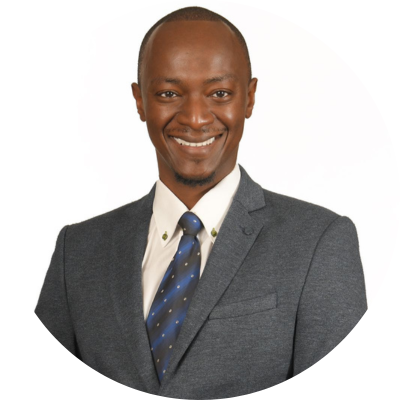 Dr. Simon Kigondu, President, Kenya Medical Association, Consultant Obstetrician and Gynecologist (East Africa): I have asked women with potential leadership qualities to take up top positions in the association. In the past, I have thrown women into the “deep end” of leadership. Women have a different way of approaching issues, and their presence has a calming effect on situations where many men are in leadership. [I have found that] men tend to be combative while women are more methodical and calming.
Dr. Simon Kigondu, President, Kenya Medical Association, Consultant Obstetrician and Gynecologist (East Africa): I have asked women with potential leadership qualities to take up top positions in the association. In the past, I have thrown women into the “deep end” of leadership. Women have a different way of approaching issues, and their presence has a calming effect on situations where many men are in leadership. [I have found that] men tend to be combative while women are more methodical and calming.
Strategies for Cultivating Male Allies
In addition to supporting women, a crucial role for male allies is to work with other men to create more allies.
Q: What strategies can men and women take within their organizations to cultivate male allyship?
 Rabih Torbay, CEO, Project HOPE (North America): Male allyship is critical in a workplace to identify and support women in leadership positions. One of the most important steps is to create a formal mentorship program that pairs male leaders with high-potential female employees. There are also certain prerequisites to enable this allyship, including creating a safe space for open discussions about gender issues, educating the organization about unconscious gender bias and gender equity, participating in women-identifying or women-related employee resource groups, and fostering a culture of inclusivity.
Rabih Torbay, CEO, Project HOPE (North America): Male allyship is critical in a workplace to identify and support women in leadership positions. One of the most important steps is to create a formal mentorship program that pairs male leaders with high-potential female employees. There are also certain prerequisites to enable this allyship, including creating a safe space for open discussions about gender issues, educating the organization about unconscious gender bias and gender equity, participating in women-identifying or women-related employee resource groups, and fostering a culture of inclusivity.
 Dr. Anant Bhan, Lead, Sangath Bhopal (India): Creating platforms, opportunities, and focused groups that allow for open discussion [and] focus on reform [is important], [as well as] developing support mechanisms for women professionals. Conversations, awareness, and involvement of existing male allies who believe in the need for supportive and enabling environments for women professionals are needed to reach more colleagues and make them allies in gender transformative reform in institutions. Positive reinforcement [and] recognition for such efforts will also help promote such initiatives. Male allies, existing and prospective, need to be seen as trusted, supportive colleagues [so that] women who might be facing constraints can reach out and [involve them] in addressing bottlenecks.
Dr. Anant Bhan, Lead, Sangath Bhopal (India): Creating platforms, opportunities, and focused groups that allow for open discussion [and] focus on reform [is important], [as well as] developing support mechanisms for women professionals. Conversations, awareness, and involvement of existing male allies who believe in the need for supportive and enabling environments for women professionals are needed to reach more colleagues and make them allies in gender transformative reform in institutions. Positive reinforcement [and] recognition for such efforts will also help promote such initiatives. Male allies, existing and prospective, need to be seen as trusted, supportive colleagues [so that] women who might be facing constraints can reach out and [involve them] in addressing bottlenecks.
 Sreenivasan Kallam, ex-supervisor and a public health professional with expertise in MEAL (India): Equality as fellow human beings should be the foundation for engaging men as allies. We tend to create a forced gender disparity when discussing women’s empowerment, often projecting it as a feminist approach. By focusing on equality and shared humanity, we can more effectively engage men in allyship relationships.
Sreenivasan Kallam, ex-supervisor and a public health professional with expertise in MEAL (India): Equality as fellow human beings should be the foundation for engaging men as allies. We tend to create a forced gender disparity when discussing women’s empowerment, often projecting it as a feminist approach. By focusing on equality and shared humanity, we can more effectively engage men in allyship relationships.
Meaningful change to existing power imbalances requires concrete actions within institutions, including recognizing the importance of engaging male allies and actively working to address barriers that women face in the workplace. In Part 2 of this piece, coming soon, our colleagues will discuss the challenges of male allyship, strategies for institutions to cultivate male allyship, and what they think the future could look like.
Appreciation to the following WomenLift Health members for collating this piece:
- Chioma Okafor (NA 2023)
- Lanice C. Williams (NA 2022)
- Dr. Shubha Nagesh (India 2022)
- Priyanka Sharma (India 2023)
- Brunda Ganneru (India 2023)
- Dr. Jacqueline Kitulu (EA 2022)
- Samara Andrade (North America Director, WomenLift Health)
- Stephany Fong (North America Communications Manager, WomenLift Health)
- Angel Katusya (Media Relations Manager, Cross Regional, WomenLift Health)
Appreciation to the men who contributed their opinions and thoughts to this piece:
- Prof. Lukoye Atwoli, Dean, Aga Khan University Medical College, East Africa
- Dr. Simon Kigondu, President, Kenya Medical Association, Consultant Obstetrician and Gynecologist
- John Cape, Chief Program Officer, Global Health Corps
- Chris Collins, President & CEO, Friends of the Global Fight Against AIDS, TB and Malaria
- Rabih Torbay, President & CEO, Project HOPE
- Emmanuel Lamptey, Senior Project Director, IREX
- Dr. Anant Bhan, Lead, Sangath Bhopal India
- Srinivas Tadepally, CFO, Bharat Biotech International Limited, India
- Rushabh Hemani, WASH Specialist, UNICEF Rajasthan
- M K Padmakumar, Chief Operating Officer at IPE Global
- Sreenivasan Kallam, ex-supervisor and a public health professional with expertise in MEAL
⎯⎯⎯⎯⎯⎯⎯⎯⎯⎯⎯⎯⎯⎯⎯⎯
[1] https://hbr.org/2016/11/why-diverse-teams-are-smarter
[2] https://www.bcg.com/en-us/publications/2017/people-organization-behavior-culture-five-ways-men-improve-gender-diversity-work
Each year in the WomenLift Health Leadership Journey, cohort members male allies for a panel on allyship. Launched in 2022 at the request of cohort members, this panel underscores the fact that gender equality cannot be achieved without the partnership of our male counterparts.
In the 2024 North America Leadership Journey, we featured two esteemed panels of male allies:
Male Allies JourneyPLUS Cohort A:
|
|
|
|
|
Male Allies JourneyPLUS Cohort B:
|
|
|
|
|
|
See related WomenLift Health articles:
Allyship Matters: How Men Can Help Accelerate Gender Equality in Health
The Critical Role of Male Allies in Forging Gender Equity in Health Leadership
Role Of Male Allies In Forging Gender Equity In Health Leadership
WomenLift Health Global Conference: Panel on Male Allyship
Video: What Does Allyship Mean To You? – #WLHGC2024
Take 5: Dr. Michael Adekunle on Male Allyship
#WLHGC2024 Panel on Male Allyship: What do men have to do with it?
Overcoming Biases: Building Inclusivity in Global Health Innovations ft. Dr. Muthoni Ntonjira
Related external articles:

